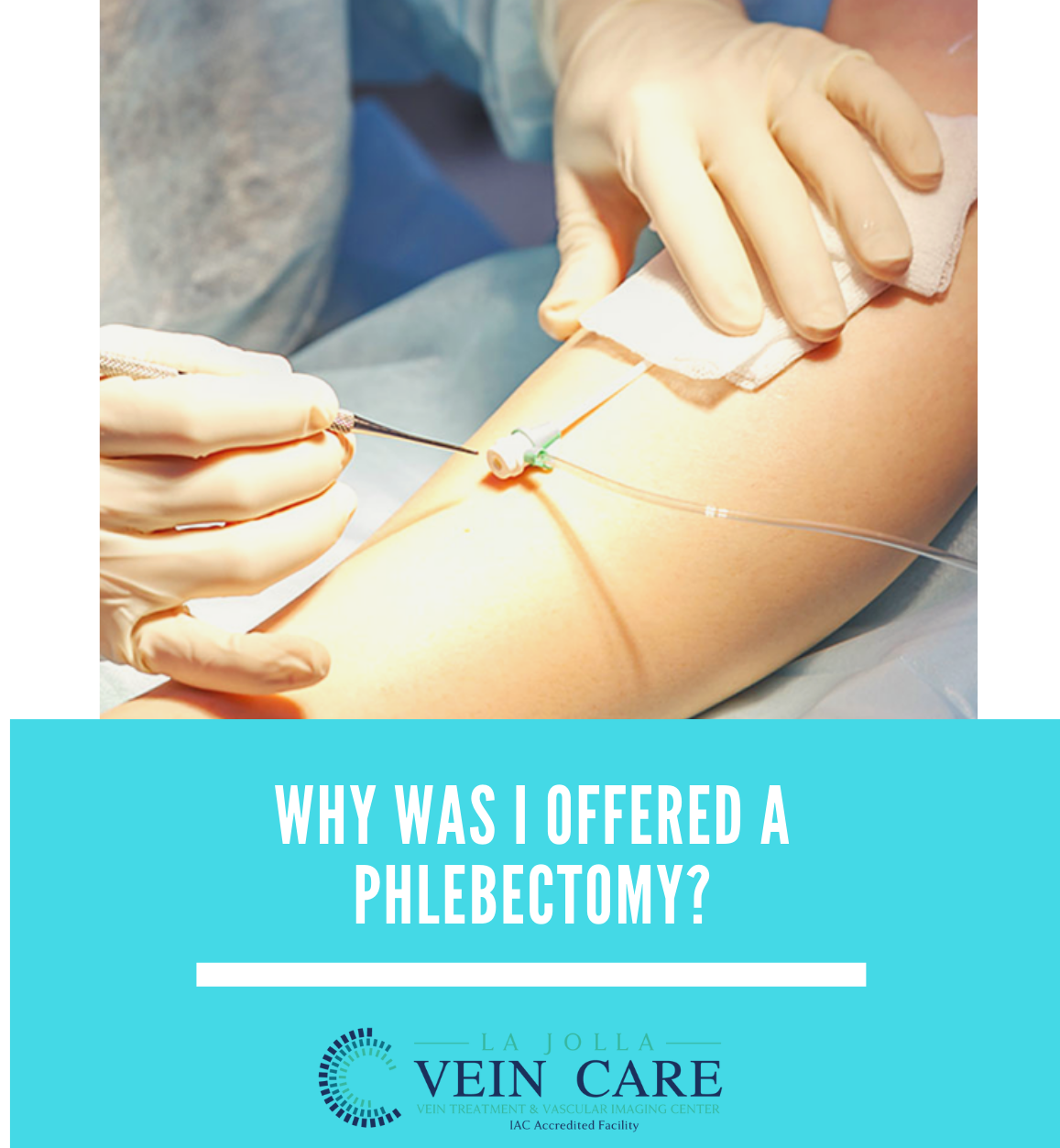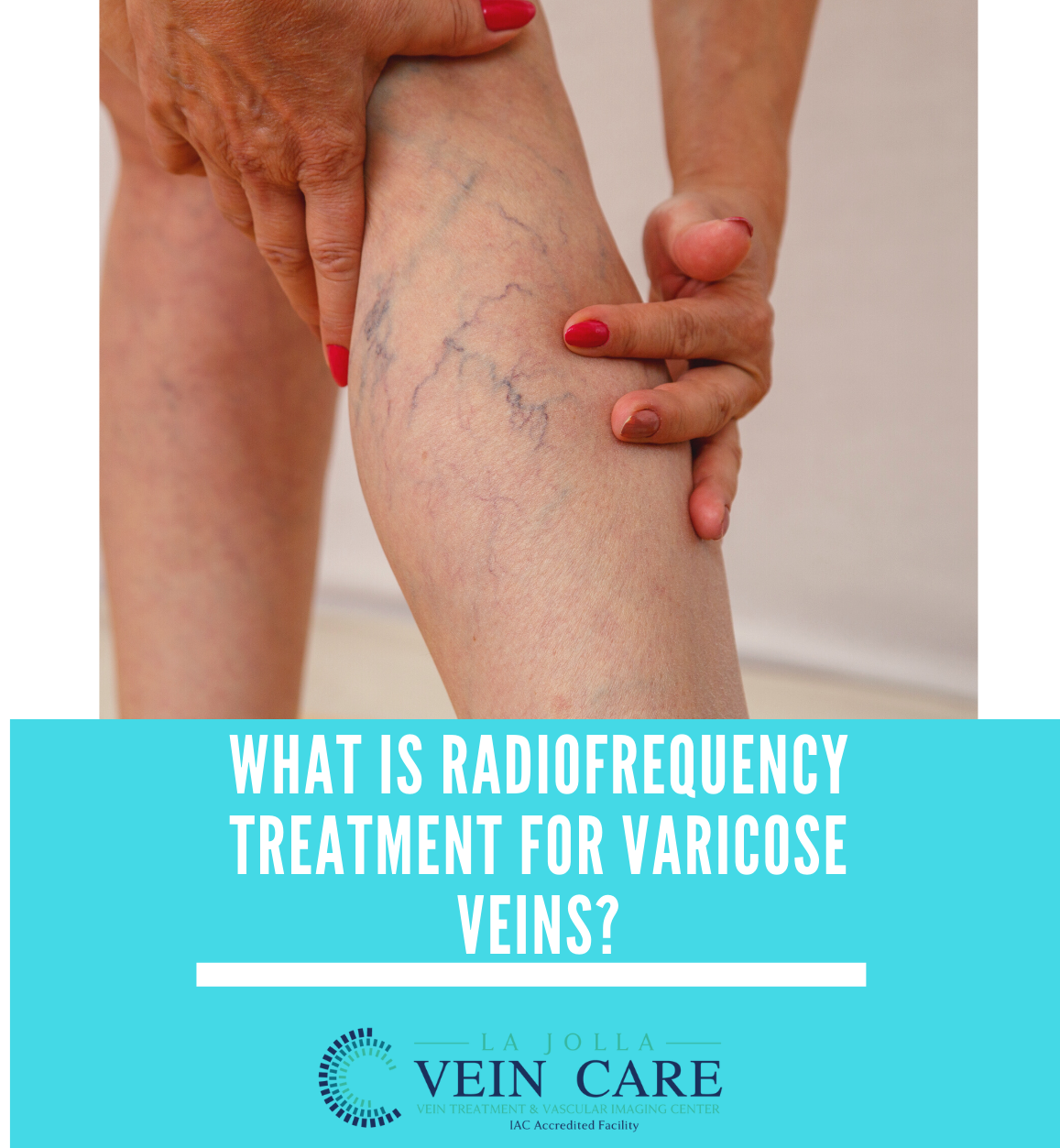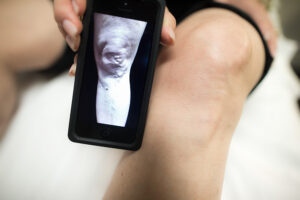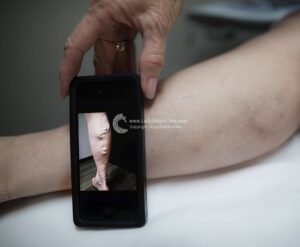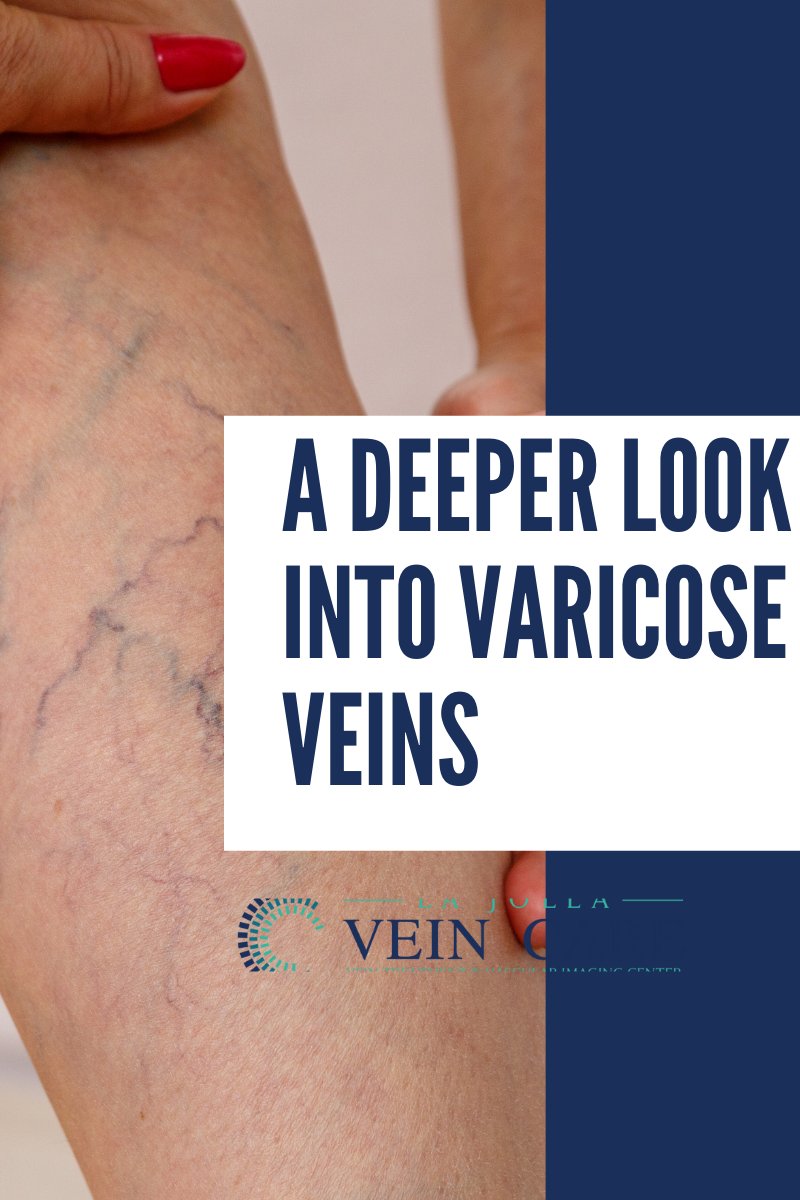Why Was I Offered a Phlebectomy?
LJVascular2022-03-17T10:19:18-07:00Micro-Phlebectomy for varicose veins
A phlebectomy is a minimally invasive procedure, which is the surgical removal of bulging varicose veins through tiny skin incisions. This procedure is performed in the office with local anesthesia. Phlebectomy is also known as micro phlebectomy (because the incisions are tiny) or it can also be referred to as ambulatory phlebectomy.
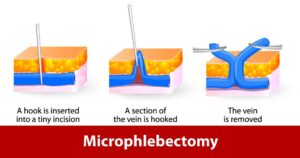
What are the options for treating bulging varicose veins at the skin surface?
There are two main techniques to treat varicose veins:
- Phlebectomy: surgical removal of the veins
- Foam sclerotherapy: injection of a medicated foam to close the veins
Sclerotherapy is the least invasive, but patients with large and or numerous bulging veins may require several sclerotherapy appointments over two or more months. This is because we can only administer a small amount of foam medication per day and larger veins may require two or more injections to close. Larger veins can also become firm and tender after sclerotherapy and/or deposit brownish blood pigments in the skin as the veins are healing.
Why was I offered a phlebectomy?
Patients with bulging varicose veins may prefer to start with micro-phlebectomy removal of the largest veins, then sclerotherapy treatment for the remaining veins. This reduces the number of appointments and accelerates recovery.
How does the procedure work?
The skin is numbed with lidocaine, then a tiny puncture is made in the skin (about ½ the size of a grain of rice). We then infuse additional numbing medication around the veins. A small hook is used to bring the vein to the skin surface, then the vein is removed.
What should I expect on the day of treatment?
The procedure is performed with local anesthesia, but many patients elect to use a mild oral sedative (Valium), which is taken after checking in and completing all paperwork. We will mark your bulging veins with a marker. A small hook will be used to bring the veins to the surface. More numbing medication will be infused around the veins. You will feel pressure as the veins are removed but not pain. Usually about 10-12 veins are removed.
Once the procedure is done, we will apply skin glue to the tiny puncture sites, then sterile bandages. We will help you into your compression stocking and place an ACE wrap around the treated area. You will walk for 30 minutes prior to getting in your car. The ACE wrap can be removed that night or the next day. You will wear the compression stocking for 72 hours continuously.

